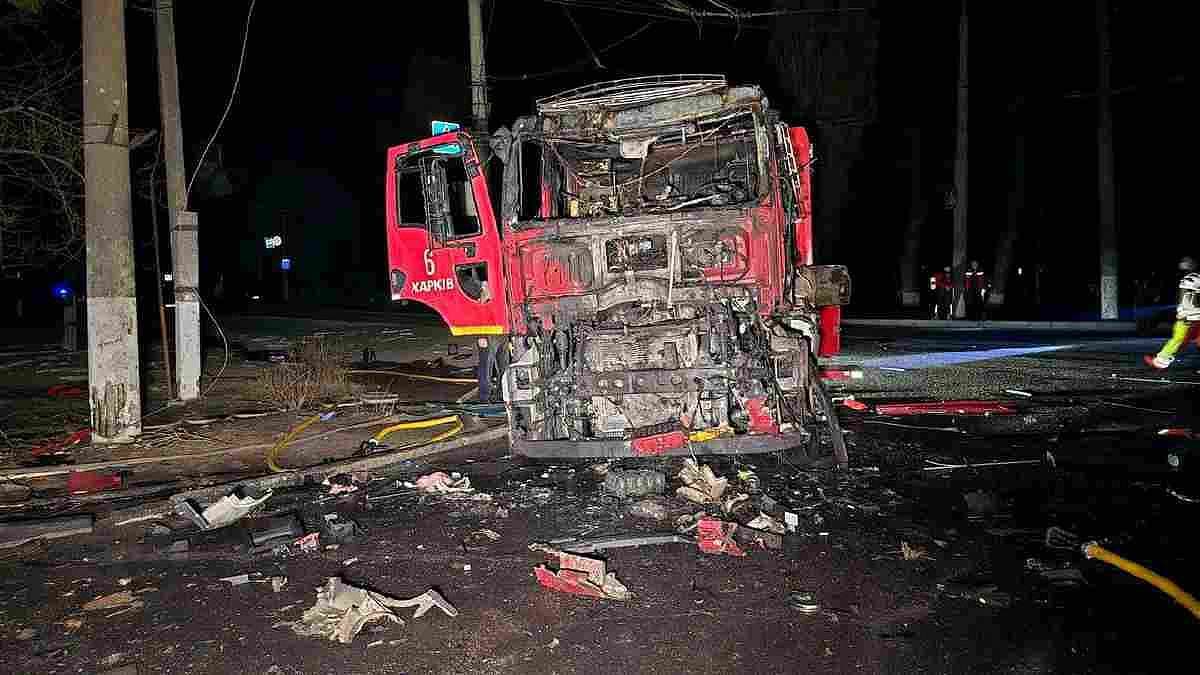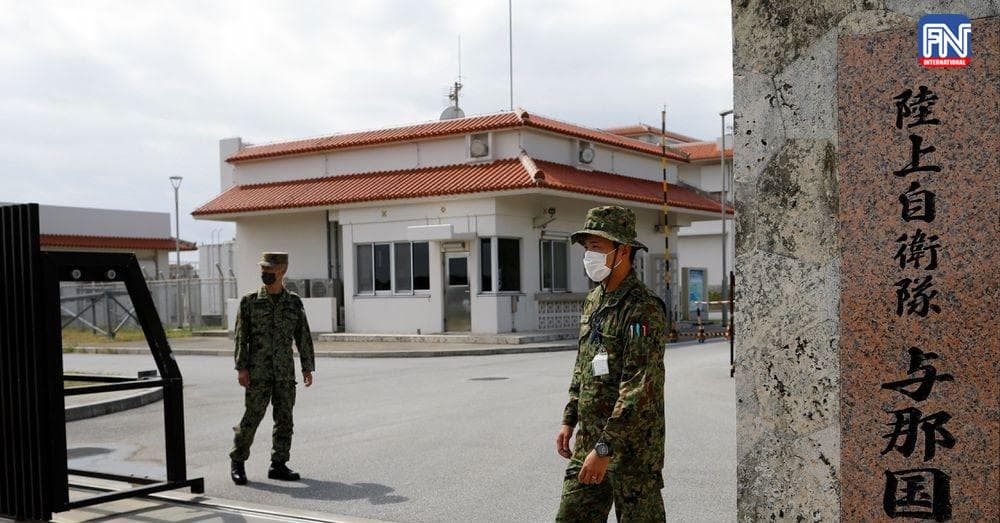Russian drone barrage kills at least four in Kharkiv, officials say
A large scale drone assault struck Kharkiv on November 24, killing at least four people and wounding others, underscoring the continuing danger to Ukrainian cities and civilians. The attack adds urgency to questions about reconstruction costs, defence spending, and economic resilience as the multi year conflict persists.

Russian forces launched a large scale drone attack on Kharkiv on November 24, killing at least four people and wounding a number of others, local officials said. The assault struck multiple districts across the northeastern city, Ukraine's second largest, with regional authorities reporting 15 separate strikes that hit six areas of Kharkiv and its suburbs.
Mayor Ihor Terekhov described the operation as a "massive" assault, and emergency responders recovered one body from under rubble in the hours after the strikes. Regional authorities reported 12 people injured, including two children aged 11 and 12. Reuters also reported civilian casualties elsewhere in Ukraine, with two people killed in a separate strike on the town of Marhanets in Dnipropetrovsk region.
The attack fits a pattern of long range drone and missile strikes that have increasingly targeted populated areas over the multi year conflict. Analysts say the growing use of unmanned aerial systems has expanded the geographic reach of lethal strikes, complicating civil defence and emergency response in cities that had not been principal front line zones early in the war.
Beyond the immediate human cost, the strikes carry economic consequences for Kharkiv and for Ukraine as a whole. Repeated attacks on urban infrastructure raise direct rebuilding costs and impose recurring losses on local businesses, households, and municipal budgets. Repairing damaged residential buildings, utilities and transport links drives up near term public spending needs and will likely add to Kyiv's borrowing requirements in the months ahead.
Insurance market effects and investor risk assessments are also at stake. Persistent attacks on cities can push up premiums for property and transport, deter inward private investment, and increase the risk premia on Ukrainian sovereign debt. Even prior to this wave of strikes Ukraine has faced elevated borrowing costs; renewed attacks amplify uncertainty about fiscal trajectories and the speed at which reconstruction can proceed after fighting ceases.
The human toll also feeds into labour market and demographic stress. Damage to homes and public services accelerates internal displacement, reduces labour force participation in affected areas, and complicates medium term productivity recovery. For Kharkiv, a major industrial and educational centre, repeated disruptions to manufacturing and universities could slow regional growth and weaken tax bases that fund municipal services.
Policy options for Kyiv and its partners center on immediate civilian protection, replenishing air defence and counter drone capacities, and financing reconstruction. Western military and financial assistance will influence how rapidly Ukraine can bolster defences for urban centres and absorb the economic shocks from such strikes. For markets and policymakers, the key variables will be the intensity of future attacks and the scale of aid committed to defence and rebuilding.
As the conflict enters its fourth year, the pattern of long range strikes on cities signals that wartime risks are becoming more diffuse. That raises long term questions about the cost of making urban areas resilient, the allocation of public resources between defence and development, and the economic path to recovery once large scale fighting subsides.


